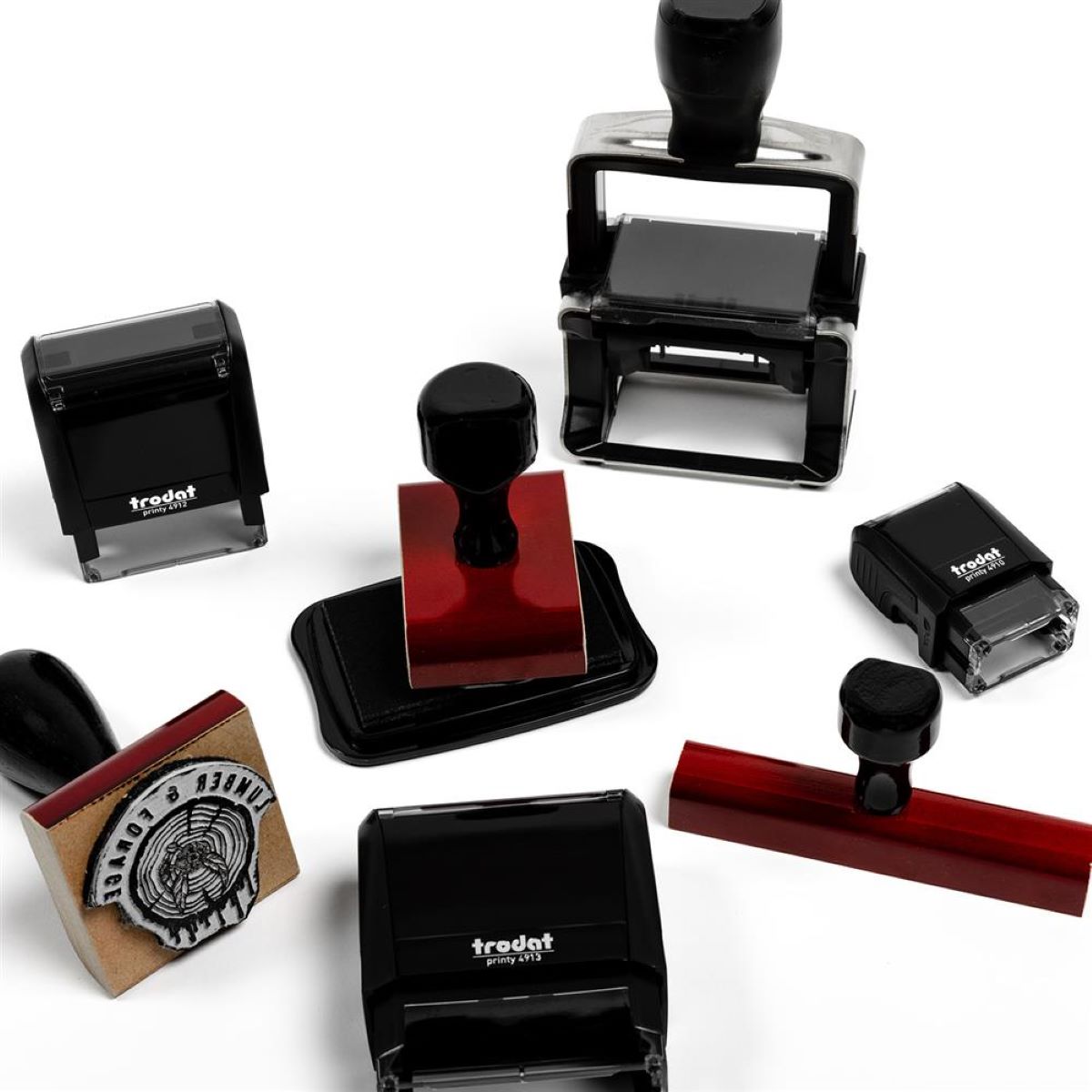

Articles
How To Store Rubber Stamps
Modified: December 7, 2023
Discover effective methods and tips for storing rubber stamps with our informative articles. Keep your stamp collection organized and in excellent condition.
(Many of the links in this article redirect to a specific reviewed product. Your purchase of these products through affiliate links helps to generate commission for Storables.com, at no extra cost. Learn more)
Introduction
Rubber stamps are versatile tools that are used in various crafts, scrapbooking, and other creative projects. Whether you have a small collection or a large assortment of rubber stamps, proper storage is essential to keep them organized, protected, and in good condition. By following some simple steps, you can ensure that your rubber stamps stay in optimal shape and are easily accessible whenever you need them.
In this article, we will guide you through the process of storing rubber stamps effectively. We will discuss different storage systems, preparing the stamps for storage, organizing them, labeling and cataloging, as well as the best containers and shelves for storing your stamps. Additionally, we will provide tips on how to maintain your rubber stamps to prolong their lifespan and quality.
Proper storage not only protects the rubber stamps from damage but also helps you save time and effort in searching for specific stamps when you need them. Without a well-organized system, rubber stamps can become lost, damaged, or deteriorate over time. By implementing the techniques and suggestions in this article, you can ensure that your rubber stamps are stored safely and efficiently.
So, let’s dive into the world of rubber stamp storage and discover the best practices to keep your collection in pristine condition.
Key Takeaways:
- Properly storing rubber stamps is essential for maintaining their quality and accessibility. Choose the right storage system, prepare, organize, label, and maintain your stamps to ensure a well-organized and efficient crafting experience.
- By following the guidelines for storing and maintaining rubber stamps, you can prolong their lifespan and enjoy clear, beautiful stamped impressions for years to come. Take the time to care for and maintain your collection to enhance your crafting creativity and enjoyment.
Read more: How To Store Stamps
Choosing the Right Storage System
When it comes to storing rubber stamps, choosing the right storage system is crucial. The system you choose should provide protection for your stamps, as well as allow for easy access and organization. Here are some factors to consider when selecting the right storage system:
- Size: Consider the size of your rubber stamp collection. If you have a small number of stamps, a smaller storage system such as a plastic container or a binder may suffice. For larger collections, consider investing in a dedicated stamp storage unit or cabinet.
- Accessibility: Think about how often you will need to access your stamps. If you frequently use them, opt for a storage system that allows for easy retrieval. A drawer unit with dividers or a carousel-style storage system may be a suitable choice.
- Protection: Rubber stamps are susceptible to damage from dust, moisture, and sunlight. Look for storage options that provide protection against these elements. Opt for containers or cabinets with lids or doors to shield the stamps from dust and sunlight. Consider using archival storage materials to prevent deterioration over time.
- Flexibility: Choose a storage system that can adapt to the growing size of your stamp collection. Look for options that allow for additional inserts or modular units that can be added as needed. This ensures that your storage system can accommodate new stamps without the need for a complete overhaul.
- Portability: If you need to transport your stamps frequently, consider a storage system that is lightweight and portable. Look for options with handles or wheels for easy mobility.
Ultimately, the right storage system for your rubber stamps will depend on your specific needs and preferences. Take the time to assess the size of your collection, consider the level of accessibility and protection required, and evaluate the flexibility and portability that suits your usage. By carefully weighing these factors, you can choose a storage system that will safeguard your rubber stamps and make them easily accessible whenever you need them.
Preparing Your Rubber Stamps for Storage
Before you store your rubber stamps, it’s important to properly prepare them to ensure their longevity and prevent any damage. Here are some steps to follow when preparing your rubber stamps for storage:
- Clean the stamps: Start by cleaning your rubber stamps to remove any ink residue or debris. Use a mild soap, warm water, and a soft brush or sponge to gently clean the stamp surface. Avoid using harsh chemicals or solvents as they can damage the rubber material.
- Dry the stamps: After cleaning, make sure the rubber stamps are completely dry before storing. Use a clean, lint-free cloth or paper towel to pat them dry. Moisture can lead to mold or deterioration, so ensure the stamps are thoroughly dried before moving on to the next step.
- Condition the stamps: To keep the rubber stamps in good condition and prevent them from drying out or becoming brittle, consider using a stamp conditioner or a light application of mineral oil. This will help keep the rubber material flexible and pliable.
- Separate layers: If you have clear or cling rubber stamps that are layered, it’s important to separate the layers before storage. This prevents the layers from sticking together and potentially causing damage when you try to separate them later on.
- Store stamps flat: When storing your rubber stamps, it’s best to keep them lying flat to avoid any warping or distortion. This is especially important for wood-mounted stamps. Flat storage ensures that the stamps maintain their original shape and remain in optimal condition.
By following these steps, you can ensure that your rubber stamps are properly prepared for storage. Cleaning and conditioning the stamps will help maintain their quality, while separating layers and storing them flat will prevent any damage or distortion. Taking the time to prepare your rubber stamps beforehand will go a long way in preserving their longevity and ensuring they are ready to use whenever you need them.
Organizing Your Rubber Stamps
Effective organization is key to easily locating and retrieving your rubber stamps when you need them. By implementing a systematic approach to organizing your stamps, you can save time and effort in searching for specific designs. Here are some tips for organizing your rubber stamps:
- Categorize by theme or design: Sort your rubber stamps into categories based on themes or designs. For example, you can have categories such as flowers, animals, sentiments, or holidays. This makes it easier to find the stamp you need based on the project you are working on.
- Use dividers or folders: Within each category, consider using dividers or folders to further separate and organize the stamps. This can be done using inexpensive options like index cards or labeled tabs. Dividers or folders help to keep the stamps within each category neatly separated and prevent them from getting jumbled together.
- Create an inventory: Keep track of your rubber stamp collection by creating an inventory or catalog. This can be a simple spreadsheet or a dedicated software tool. Include details such as the stamp’s name, manufacturer, size, and category. This inventory will serve as a reference when searching for a specific stamp and will help you keep track of your collection.
- Arrange in alphabetical or numerical order: Consider arranging your rubber stamps within each category in alphabetical or numerical order. This can be done based on the stamp’s name or code. An organized arrangement enables you to quickly locate a specific stamp by knowing its position within the category or section.
- Utilize storage pockets or sleeves: Use storage pockets or sleeves to hold and protect your rubber stamps within each category. Clear, plastic pockets or sleeves designed specifically for stamps are readily available and allow for easy viewing of the designs while keeping them safe from dust and damage.
Remember that organizing your rubber stamps is a personal process, and you should choose a system that works best for you. Experiment with different methods and adapt them to your specific needs and preferences. The goal is to create a well-organized system that allows you to locate and retrieve your stamps effortlessly, making your crafting sessions more enjoyable and efficient.
Labeling and Cataloging Your Rubber Stamps
Labeling and cataloging your rubber stamps is an essential step in maintaining an organized and easily accessible collection. By assigning labels or tags to your stamps and creating a catalog, you can quickly locate specific designs and keep track of your inventory. Here are some tips for labeling and cataloging your rubber stamps:
- Label individual stamps: Attach labels or tags to each rubber stamp to identify the design, theme, or sentiment. This can be done by using adhesive labels, removable stickers, or even directly writing on the stamp surface with a permanent marker. The labels should be clear and easily readable to ensure easy identification.
- Create a catalog system: Develop a catalog system to document your rubber stamp collection. This can be a physical journal or a digital spreadsheet, depending on your preference. Include details such as the stamp’s name, manufacturer, size, and any additional relevant information. This catalog serves as a reference when searching for a particular stamp and helps you keep track of your collection.
- Use keywords or tags: Assign keywords or tags to each rubber stamp in your catalog to provide additional search criteria. These can be descriptive words or phrases that relate to the stamp’s design, occasion, or style. For example, tags like “floral,” “birthday,” or “vintage” can help you quickly filter and locate stamps that match specific criteria.
- Include images: Whenever possible, include images of the rubber stamps in your catalog. This visual reference allows you to easily identify the design and choose the appropriate stamp for your project. You can take photos of the stamps or find images online to use in your catalog.
- Update regularly: Make it a habit to update your catalog regularly as you add new stamps to your collection. This ensures that your catalog remains accurate and up to date, preventing any confusion or duplication when searching for stamps.
Labeling and cataloging your rubber stamps may require some initial effort, but the benefits are worth it. By having a well-documented collection, you can quickly locate specific stamps, plan your projects more efficiently, and avoid purchasing duplicates. With a properly labeled and cataloged collection, you can embrace your creativity without wasting time searching for the perfect stamp.
Store rubber stamps in a cool, dry place away from direct sunlight to prevent them from drying out or becoming brittle. Keep them in a sealed container or zip-top bag to protect them from dust and moisture.
Read more: How To Store Stamp Collection
Storing Rubber Stamps in Containers
Choosing the right containers for storing your rubber stamps is essential in protecting them from dust, moisture, and damage. Containers offer a convenient and compact way to keep your stamps organized and easily accessible. Here are some tips for storing rubber stamps in containers:
- Choose airtight containers: Opt for containers with lids that provide a tight seal. Airtight containers help protect your stamps from dust and moisture, ensuring their longevity and quality. Plastic storage boxes with snap-on lids or containers with rubber gaskets are excellent options for maintaining a dust-free environment.
- Select the appropriate size: Consider the size of your rubber stamp collection when choosing containers. It’s important to select containers that can comfortably accommodate your stamps without overcrowding or bending them. If your collection is large, consider using multiple containers and organizing the stamps by category to make retrieval easier.
- Use dividers or trays: Within the container, use dividers or trays to separate and organize your stamps. This prevents them from shifting or rubbing against each other, reducing the risk of damage. Dividers can be made from materials like plastic or foam, or you can repurpose everyday items such as index cards or thin pieces of cardboard to create your own customized dividers.
- Consider archival-quality materials: To provide maximum protection for your rubber stamps, consider using archival-quality containers and materials. Archival-quality plastic containers and acid-free dividers or trays help prevent deterioration of the stamps and ensure that they remain in optimal condition over time.
- Utilize transparent containers: Transparent containers allow you to easily see the contents without the need to open each one. This saves time and effort when searching for specific stamps. Clear plastic storage boxes or containers made from transparent materials are ideal for this purpose.
- Stack containers neatly: When storing multiple containers, make sure to stack them neatly and securely. Avoid overloading or placing heavy objects on top of the containers, as this may damage the stamps or cause the containers to collapse. To maintain stability, consider using shelving units or racks designed to hold containers.
By following these tips, you can ensure that your rubber stamps are stored safely and efficiently in containers. With the right containers and proper organization, your rubber stamp collection will remain protected, easily accessible, and ready for your creative projects.
Storing Rubber Stamps on Shelves or Racks
Another option for storing your rubber stamps is to utilize shelves or racks. This method allows you to display your stamp collection while keeping them organized and easily accessible. Here are some tips for storing rubber stamps on shelves or racks:
- Select sturdy shelves or racks: Choose shelves or racks that are strong and able to support the weight of your rubber stamp collection. Opt for materials like wood, metal, or heavy-duty plastic, which provide stability and durability.
- Adjustable shelves: Consider using shelves that are adjustable in height. This allows you to customize the space between shelves to accommodate different sizes of rubber stamps. The flexibility of adjustable shelves makes it easier to organize your collection and make adjustments as needed.
- Divide stamps by categories: Sort your rubber stamps into categories and dedicate specific shelves or sections to each category. This helps to maintain organization and makes it simpler to find the stamps you need for a particular project.
- Use dividers or bins: Within each category, use dividers or bins to further separate and organize your stamps. This prevents them from sliding or mixing together, ensuring they remain in their designated locations and easily accessible.
- Consider vertical storage: If you have limited space, consider utilizing vertical storage options such as wall-mounted shelves or racks. Vertical storage maximizes the use of wall space and allows you to display your collection in a visually pleasing manner.
- Label shelves or sections: Attach labels or tags to each shelf or section to clearly indicate the category of stamps it contains. This makes it effortless to locate specific stamps, especially when you have a larger collection.
- Arrange stamps within each category: Arrange the rubber stamps within each category in a way that makes sense to you. You can do this alphabetically, by size, or based on your personal preferences. Having a consistent order within each category helps in locating stamps quickly and efficiently.
- Maintain proper spacing: Make sure to leave enough space between stamps on shelves or racks to prevent them from touching or overlapping. This helps to avoid any potential damage or distortion to the stamps.
By utilizing shelves or racks for storing your rubber stamps, you not only keep them organized but also create an attractive display of your collection. Whether you choose adjustable shelves, vertical storage, or a combination of both, this method allows you to easily access your stamps while adding a decorative touch to your crafting space.
Maintaining Your Rubber Stamps
Proper maintenance is essential to keep your rubber stamps in good condition and ensure their longevity. By following some simple tips and practices, you can preserve the quality of your stamps and ensure that they continue to stamp clearly and effectively. Here are some guidelines for maintaining your rubber stamps:
- Clean after each use: It’s important to clean your rubber stamps after each use to remove any ink residue. Use a stamp cleaner or mild soap, warm water, and a soft brush or cloth to gently clean the stamp’s surface. Avoid using harsh chemicals, abrasive scrubbers, or soaking the stamps for an extended period, as these can damage the rubber.
- Pat dry before storing: After cleaning, make sure to pat the stamps dry with a clean, lint-free cloth or paper towel. Moisture can cause damage and deterioration over time, so ensure that the stamps are completely dry before storing them.
- Avoid direct sunlight: Exposure to direct sunlight can fade and deteriorate the rubber material of the stamps. Store your stamps in a cool, dry place away from direct sunlight to prevent any damage or discoloration.
- Keep away from extreme temperatures: Extreme temperatures, both hot and cold, can affect the quality of rubber stamps. Avoid storing them in areas with high humidity, as it can cause the stamps to warp or become moldy. It’s best to store them in a climate-controlled environment.
- Use the right ink: When stamping, ensure that you are using the appropriate ink for rubber stamps. Pigment inks or dye-based inks are commonly used and provide vibrant and long-lasting impressions. Avoid using solvent-based inks as they can damage the rubber material and affect the stamp’s performance.
- Store in a flat position: When not in use, store your rubber stamps in a flat position to prevent any warping or distortion. This is especially important for wood-mounted stamps. Storing them flat ensures that they maintain their original shape and are ready for use without any issues.
- Avoid excessive pressure: When using your rubber stamps, apply even and gentle pressure. Excessive force can cause the stamps to bend or lose their shape over time. By applying just enough pressure to create a clear impression, you can preserve the integrity of the stamps.
- Inspect for damage: Regularly inspect your rubber stamps for any signs of damage or wear. Look for cracks, tears, or any deterioration in the rubber material. If you notice any issues, consider repairing or replacing the stamp to prevent it from affecting the quality of your stamped images.
By following these maintenance practices, you can ensure that your rubber stamps remain in excellent condition and continue to yield crisp and clear impressions. Proper cleaning, storage, and use, along with regular inspections, will help preserve the longevity and performance of your valuable stamp collection.
Conclusion
Storing your rubber stamps properly is crucial to maintain their quality, organization, and accessibility. By following the guidelines and tips provided in this article, you can ensure that your rubber stamp collection remains in optimal condition for many crafting projects to come. Here’s a quick recap of the key points discussed:
Choose the right storage system that suits the size and accessibility needs of your collection. Consider factors such as size, protection, and flexibility to find the best fit.
Prepare your rubber stamps for storage by cleaning them, drying them thoroughly, and conditioning them to prevent drying out or becoming brittle.
Organize your stamps by categorizing them based on theme or design and use dividers or folders to separate them within each category. Create a catalog or inventory system to keep track of your collection, including keywords or tags for easy searching.
When storing in containers, choose airtight options that protect against dust and moisture. Use dividers or trays to keep stamps organized and consider archival-quality materials for long-term preservation.
Alternatively, utilize shelves or racks for storing your stamps, ensuring they are sturdy, adjustable, and properly spaced. Label shelves or sections for easy identification.
Maintain your rubber stamps by cleaning them after each use, patting them dry before storage, and storing them in a cool, dry place away from direct sunlight and extreme temperatures.
By following these practices, you can prolong the life of your rubber stamps and enjoy a well-organized and efficient crafting experience. Take the time to care for and maintain your collection, and you’ll be rewarded with clear and beautiful stamped impressions for years to come.
Remember, proper storage and maintenance of your rubber stamps not only ensures their longevity but also enhances your crafting creativity and enjoyment. So, get started with implementing these practices and see the positive impact it has on your rubber stamp collection!
Frequently Asked Questions about How To Store Rubber Stamps
Was this page helpful?
At Storables.com, we guarantee accurate and reliable information. Our content, validated by Expert Board Contributors, is crafted following stringent Editorial Policies. We're committed to providing you with well-researched, expert-backed insights for all your informational needs.
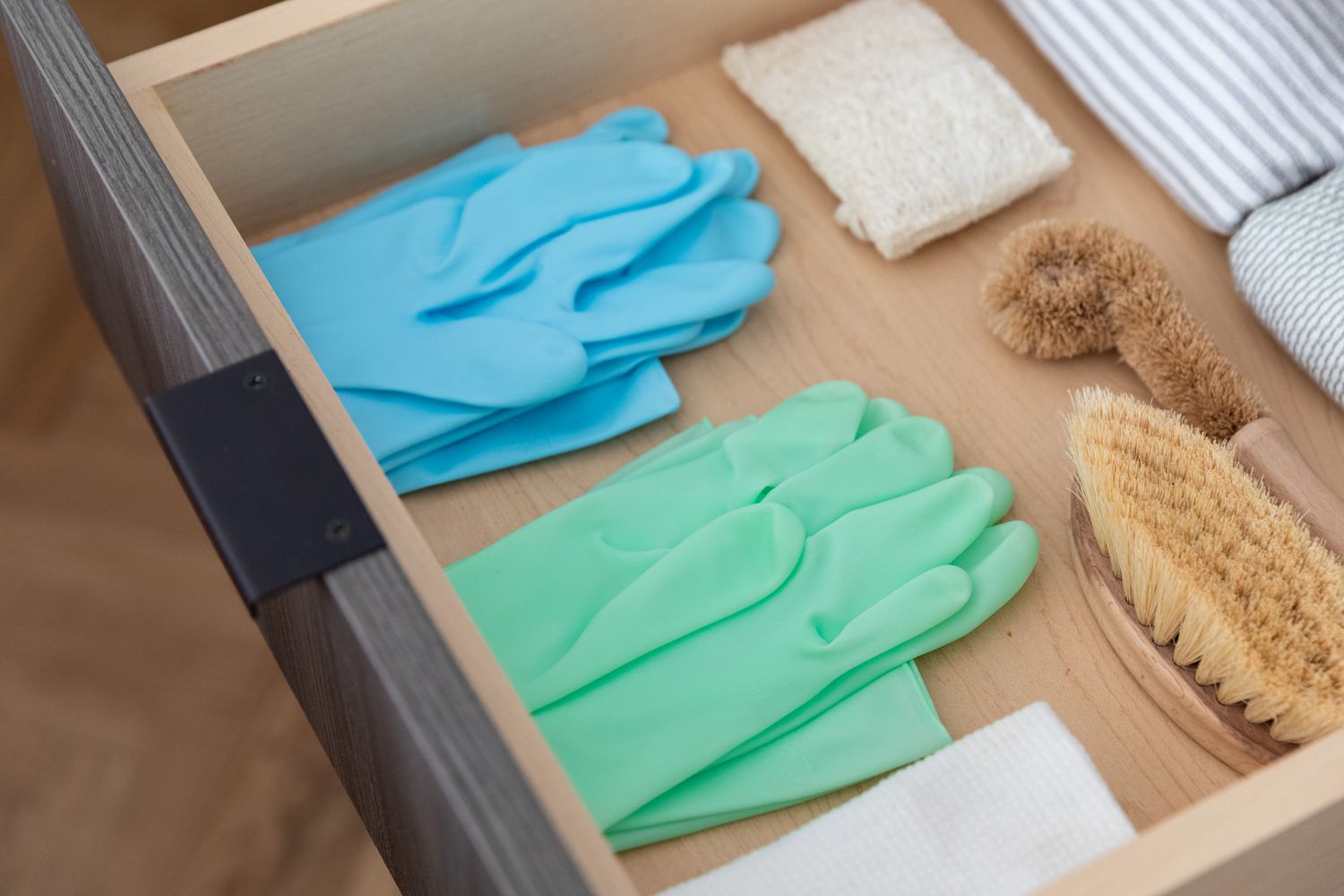
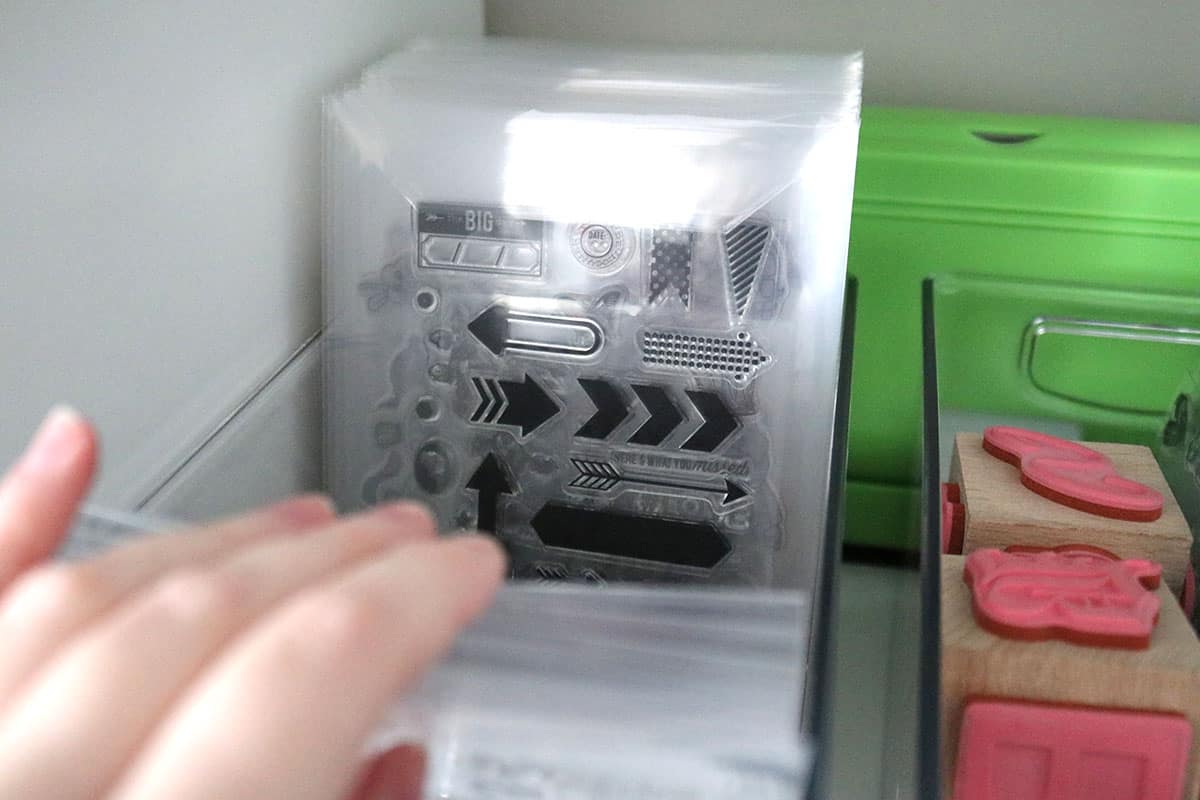
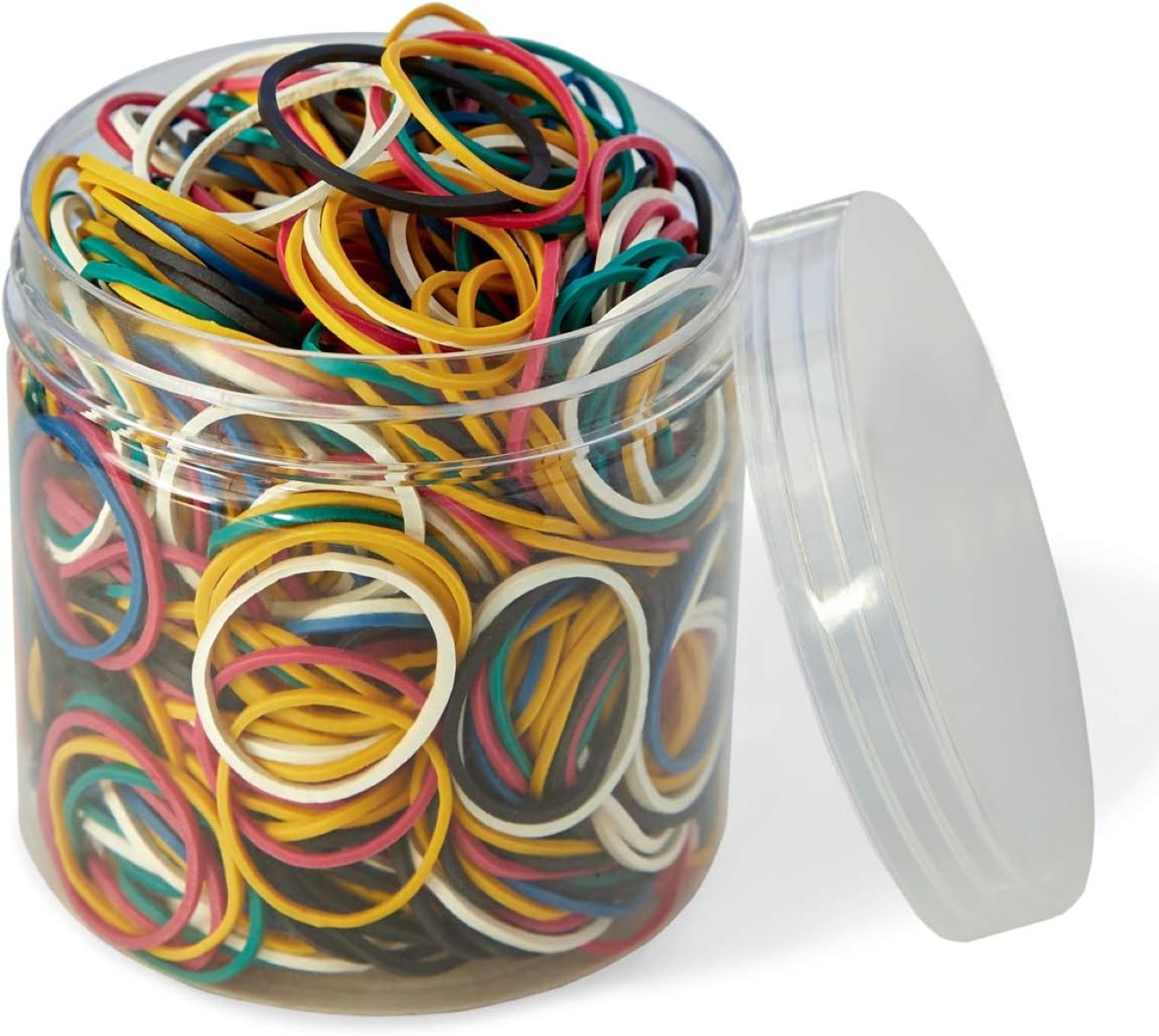
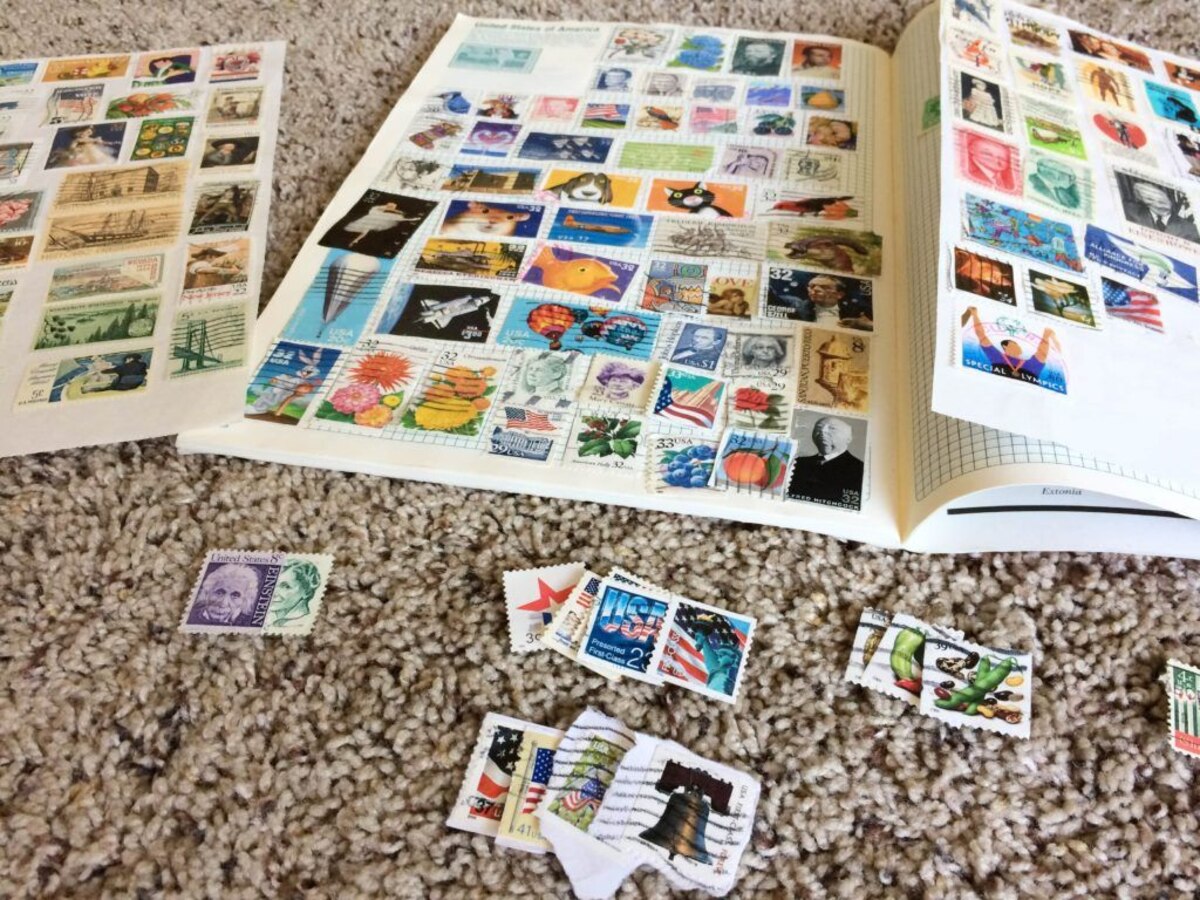
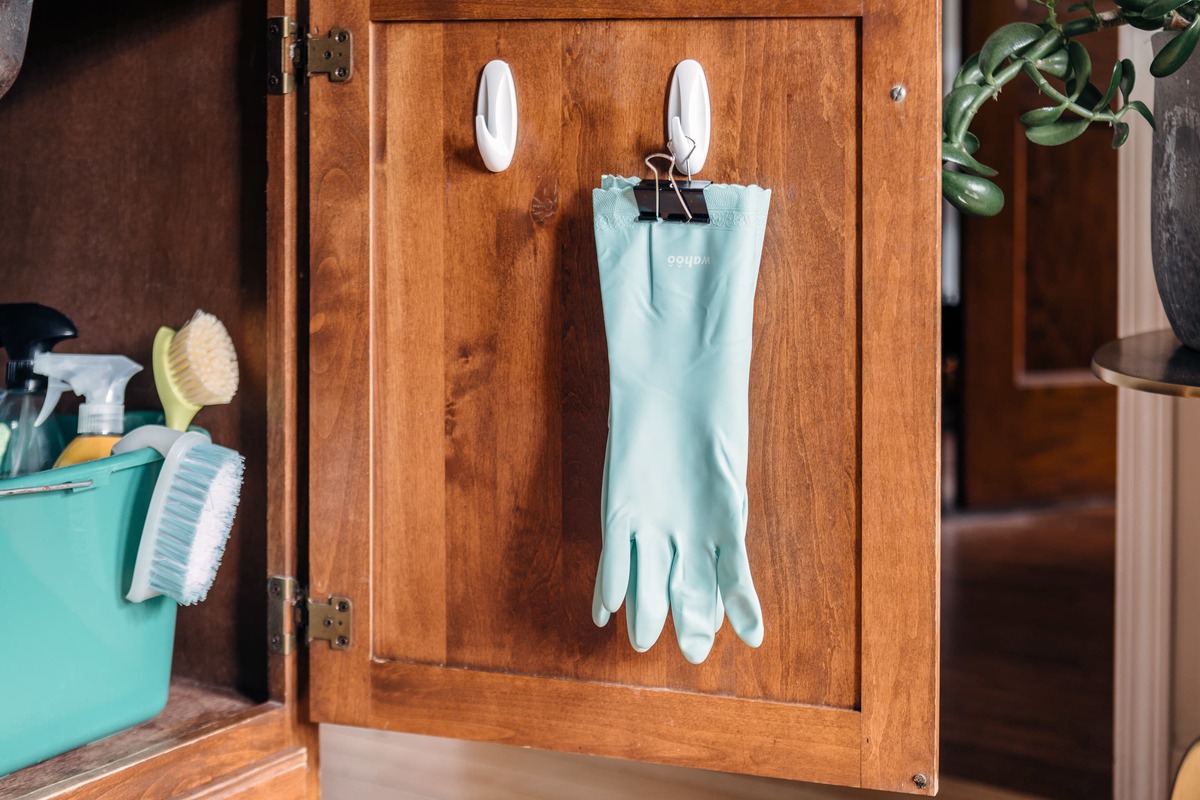
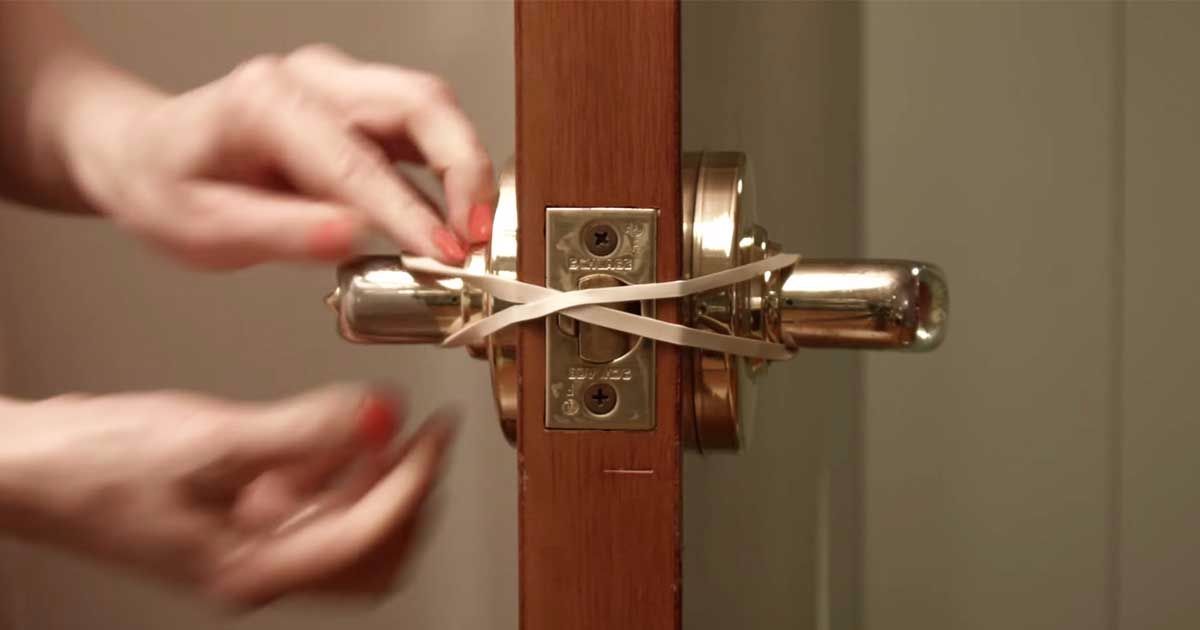
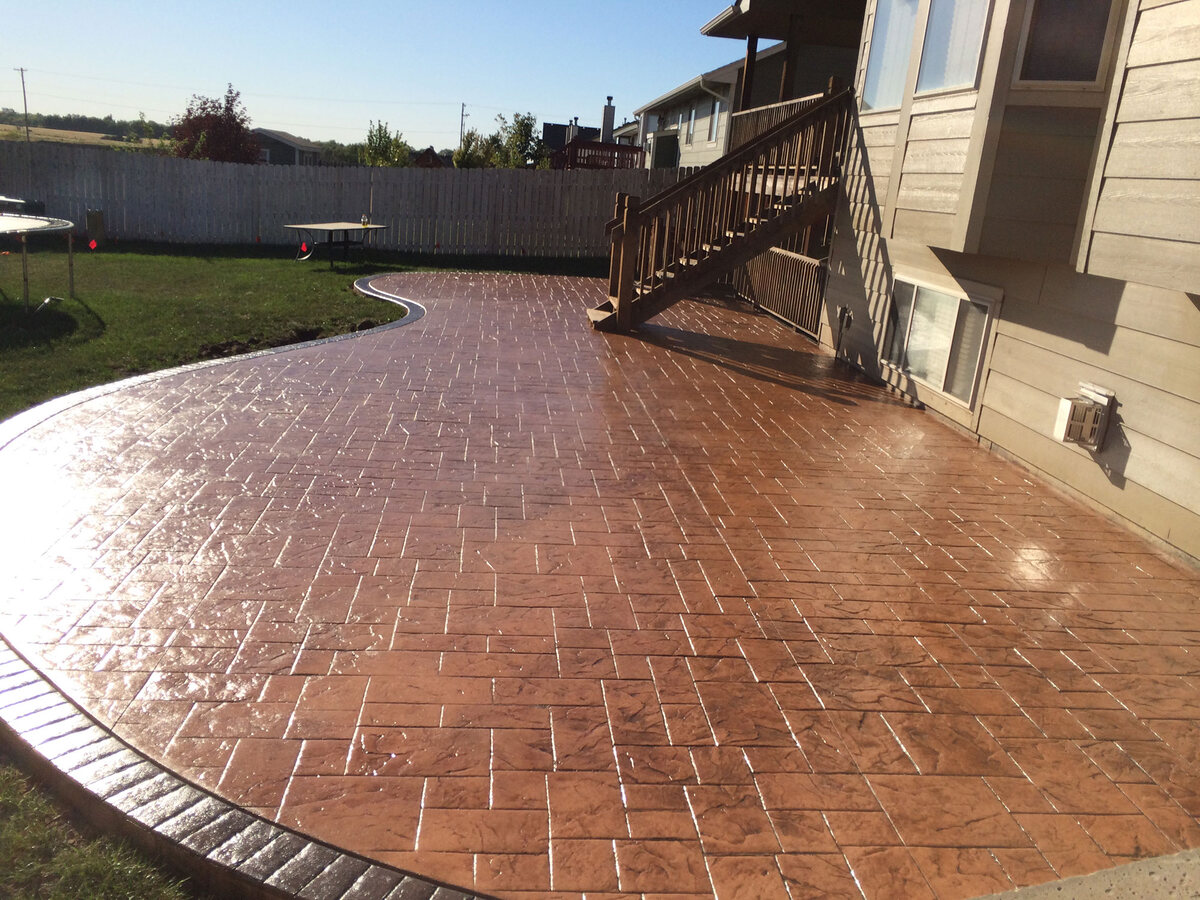

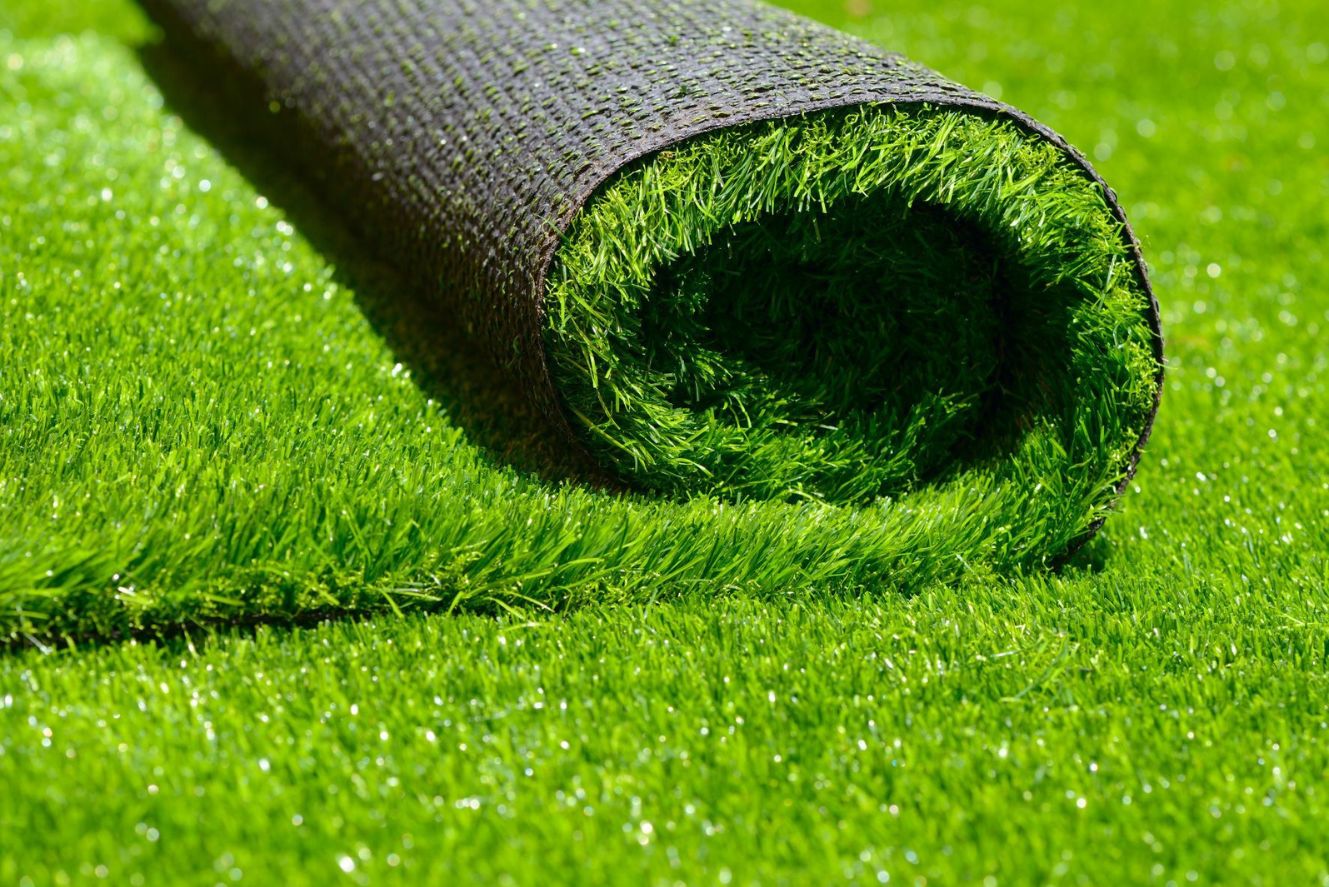

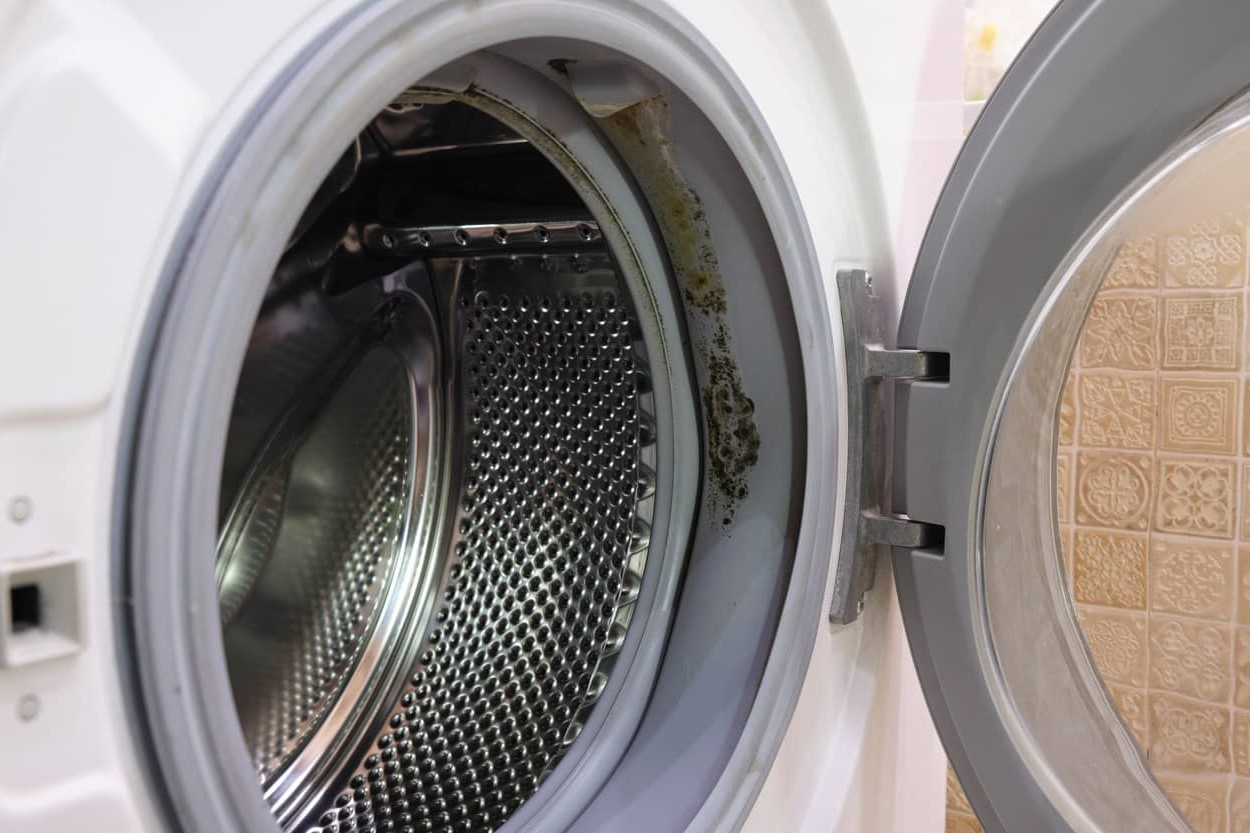
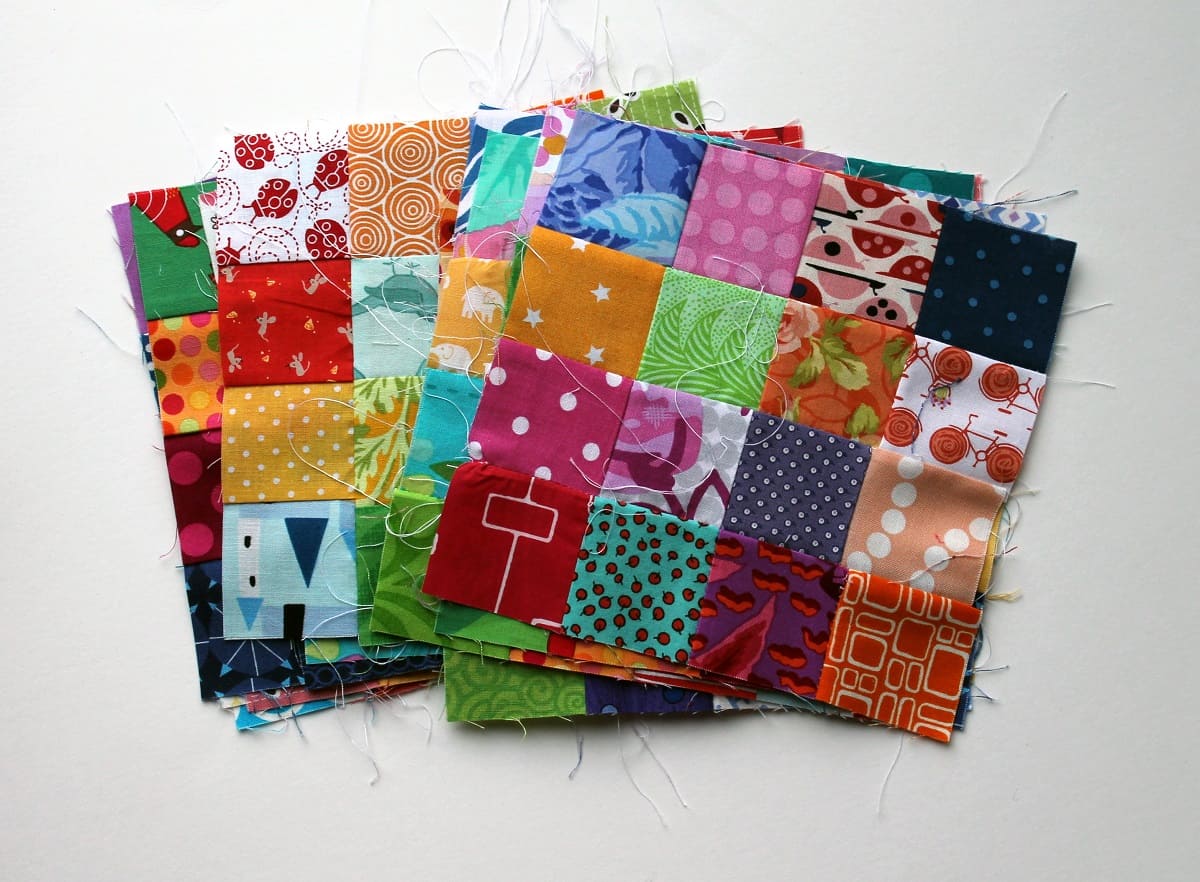

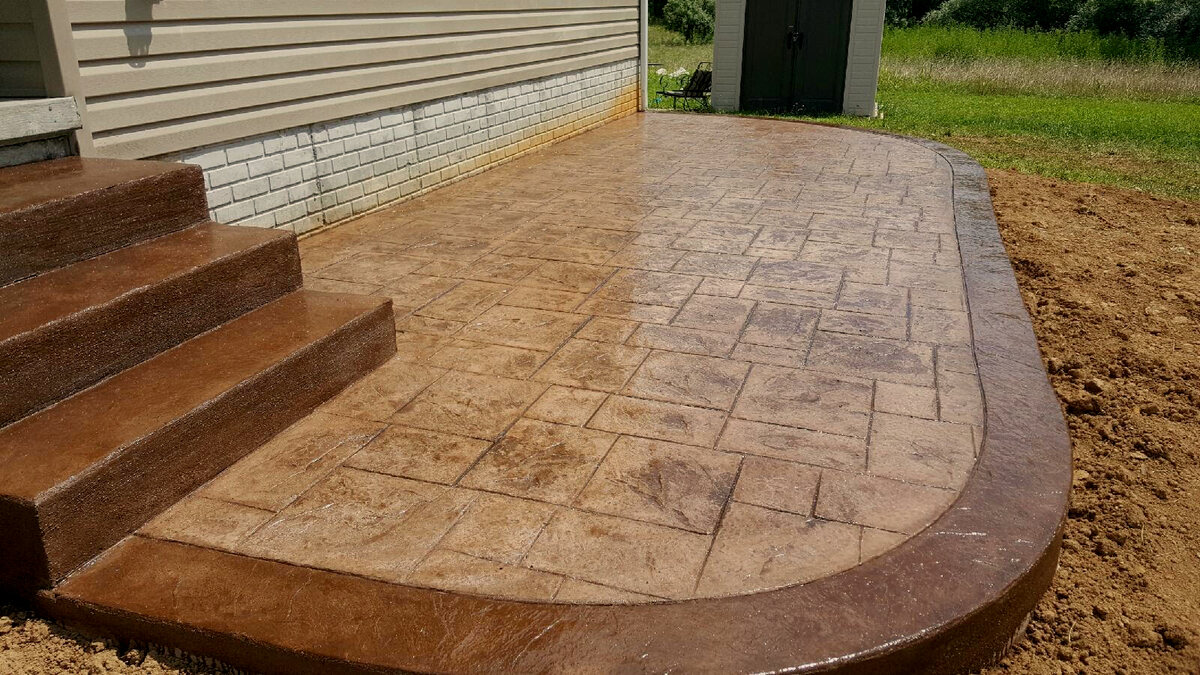

0 thoughts on “How To Store Rubber Stamps”